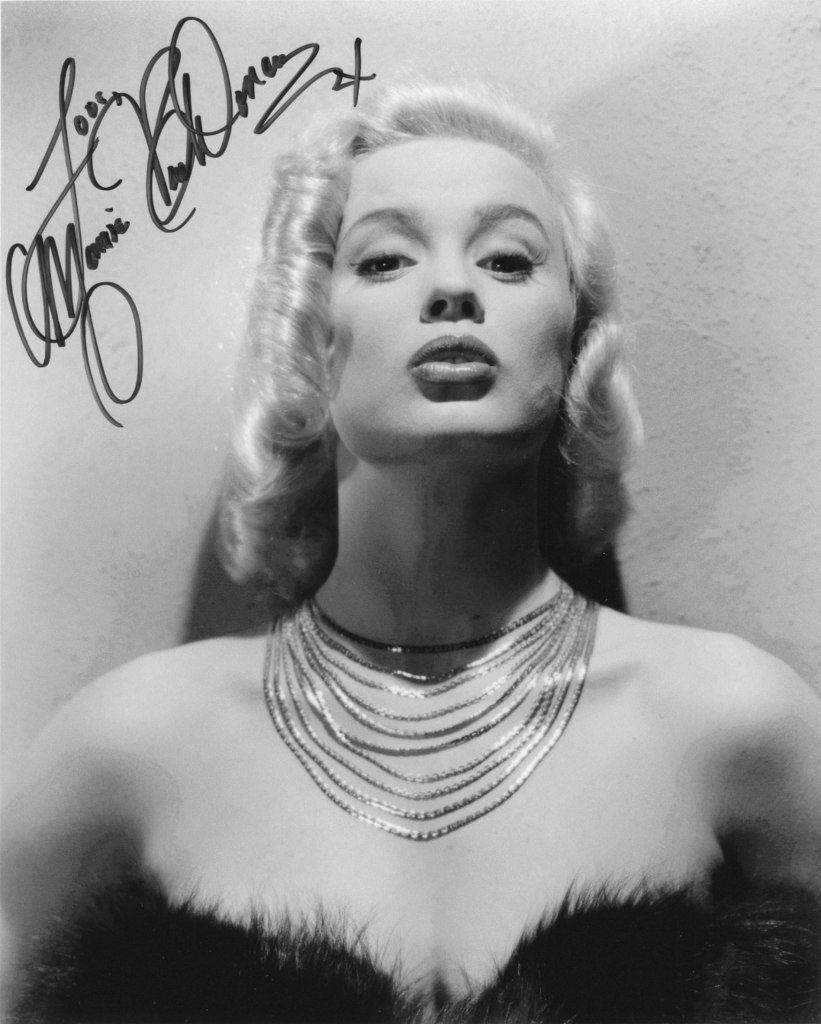

The juxtaposition between affiliation and personal beliefs led to unique interactions between the Founding Fathers and organized religion. Most of the Founding Fathers, with the exception of the more orthodox Christian John Jay, displayed deistic tendencies, even if they remained generally reticent on the discussion of their personal beliefs. Morality and ethics were a greater focus than the doctrines of a particular church for most deists. This belief system emerged from the Enlightenment, which emphasized human reason over superstition. However, the personal religious beliefs of the Founding Fathers resembled the popular school of thought at the time known as deism, which maintains that God exists but remains less involved in the everyday affairs of humans. All, except Franklin, continued to attend services at least occasionally, marrying under their church’s auspices and being buried by their clergy. John Adams and Benjamin Franklin were from New England and came from Puritan backgrounds. Given that most Virginians were associated with the Church of England, it was the prominent religion of the signers of the Declaration of Independence (60.7 percent) and the delegates to the 1787 Constitutional Convention (47.5 percent), despite Episcopalianism only composing 15 percent of the American religious landscape at the time. George Washington, Thomas Jefferson, James Madison, James Monroe and John Jay were Virginians born and baptized into the Church of England, later known as Episcopalianism after the independence of the Colonies. When discussing the religion of the Founding Fathers, it is important to distinguish religious affiliation from personal religious beliefs, as most identified with the churches of their upbringing but held beliefs that differed substantially from the doctrine of their affiliations. The First Amendment guaranteed the freedom of religion, fulfilling the dream of what Puritans had sought more than a century earlier and setting the stage for future debates over the separation of church and state.

Two years later, in 1791, Congress approved the Bill of Rights, 10 constitutional amendments specifying fundamental rights of Americans. In 1789, Congress elected George Washington, the general who had led the successful fight for independence, as the first president of the United States. The Constitution called for three branches of government - legislative, judicial and executive.

Constitution 'in order to form a more perfect union,' as its preamble states. 17, 1787, delegates to the Constitutional Convention in Philadelphia signed the U.S. It wasn't long before America's earliest leaders realized the original Articles of Confederation weren't strong enough to unify the individual states.


 0 kommentar(er)
0 kommentar(er)
